I am new to Django framework, in my project I have requirement that I have to connect to databricks delta tables and perform CRUD operation on it. If we can connect it. I request you to list down the steps please.Thanks.
- 80,552
- 8
- 87
- 132
-
Have you tried any approach/effort, if so share the blockers/errors you encountered? – Naveen Sharma Mar 08 '23 at 03:46
-
Yes I tried, I followed this( https://docs.databricks.com/dev-tools/python-sql-connector.html) but this is based on python but in Django we use models here I am getting confusion. Generally as per my knowledge if we want to connect to sqlserver, in settings.py we will provide our database details and create a model and use this model in view hence forth. But to connect to databricks delta tables, what would be my settings in settings.py and how to create a model from it and use this model in view here I am facing a problem. I kindly request you to help me on this please. – penchalaiah narakatla Mar 08 '23 at 05:21
-
Hi Experts, Request you to update. – penchalaiah narakatla Mar 20 '23 at 06:53
1 Answers
what you tried using databricks-sql-connector was correct, But you have confusion about the database details in settings.py, there you can’t add databricks cluster database. As per documentation following are the supporting
Database you can use in Django. (https://docs.djangoproject.com/en/4.1/ref/databases/)
PostgreSQL
MariaDB
MySQL
Oracle
SQLite
So here the idea is get data from delta tables using databricks-sql-connector and handle those data
According to your application.
Below are the steps to follow,
Step 1: Install python package in your Django python environment
https://pypi.org/project/databricks-sql-connector/
pip install databricks-sql-connector
Step 2: Configurations in setting.py Leave the default database as it is.
Step 3: Run python migration.
python .\manage.py makemigrations
Step 4: Create a delta table in databricks cluster
%sql
CREATE TABLE products (
product_name string,
price int)
USING DELTA;
Above is the code for creating table. Here you can see column names are similar to model fields created in models.py.
Step 5: Insert data into the table
insert into products values ('TV',60000)
insert into products values (Iphone,50000)
insert into products values (Macbook,150000)
Step 6:
Get the host, http_path and access token from databricks cluster.
You can find your host and http path under Cluster > Configuration > Advanced Options > JDBC/ODBC
For access token, you need to create one. Go to the drop down on right of databricks menu > User settings > Generate new token .
Step 7:
Know create a view to get the above data. Here is an example for read operation
from django.shortcuts import render
from databricks import sql
def get(request):
connection = sql.connect(
server_hostname= your_host,
http_path= your_http_path,
access_token= your_access_token
cursor = connection.cursor()
cursor.execute('SELECT * FROM `products`')
result = cursor.fetchall()
tmpB=[]
for row in result:
dictRow = row.asDict()
tmpB.append(dictRow)
cursor.close()
connection.close()
return render(request,'details.html',{product:tmpB})
After getting data you can just render it in your template or you can create Model object. From Step 8 shows how to store retrieved data in the Django default database sqlite .
Code in details.html
{% block content %}
<h1>Book List</h1>
<ul>
{% for prd in product %}
<li>{{ prd.product_name }} : Price = {{ prd.price}}</a></li>
{% endfor %}
</ul>
{% endblock %}
Result: Here are the results displayed in the page.
Step 8:
Here the step for storing the retrieved data in default database Create model in model.py
Code in models.py
from django.db import models
# Create your models here.
class Product(models.Model):
product_name = models.CharField(max_length=200)
price = models.IntegerField(default=0)
Step 9: Know again run the python migration command
python .\manage.py makemigrations
This will create a migration files with name strating 0001.py as shown in image.
Then run sql migrate command with providing the name as below, this command creates required tables in default database.
python .\manage.py sqlmigrate myapp 0001
Step 10: Know get the data and create model object using it. Code in views.py
from django.shortcuts import render
from .models import Product
from databricks import sql
def get(request):
connection = sql.connect(
server_hostname=host,
http_path=http_path,
access_token=access_token)
cursor = connection.cursor()
cursor.execute('SELECT * FROM `products`')
result = cursor.fetchall()
for row in result:
dictRow = row.asDict()
dataTosave = Product(product_name = dictRow['product_name'],price = dictRow['price'])
dataTosave.save()
cursor.close()
connection.close()
productDT = Product.objects.all()
return render(request,'details.html',{product: productDT })
But make sure you use appropriate column names in delta tables and model fields while creating objects.
Similarly, you can execute CRUD operations. Below documentation will help you for it.
https://learn.microsoft.com/en-us/azure/databricks/dev-tools/python-sql-connector
- 349
- 2
- 4
-
sorry for late reply I am on emergency leave. once again thanks a lot for support. I will follow this steps and come back to you if any issues. – penchalaiah narakatla Apr 12 '23 at 08:34
